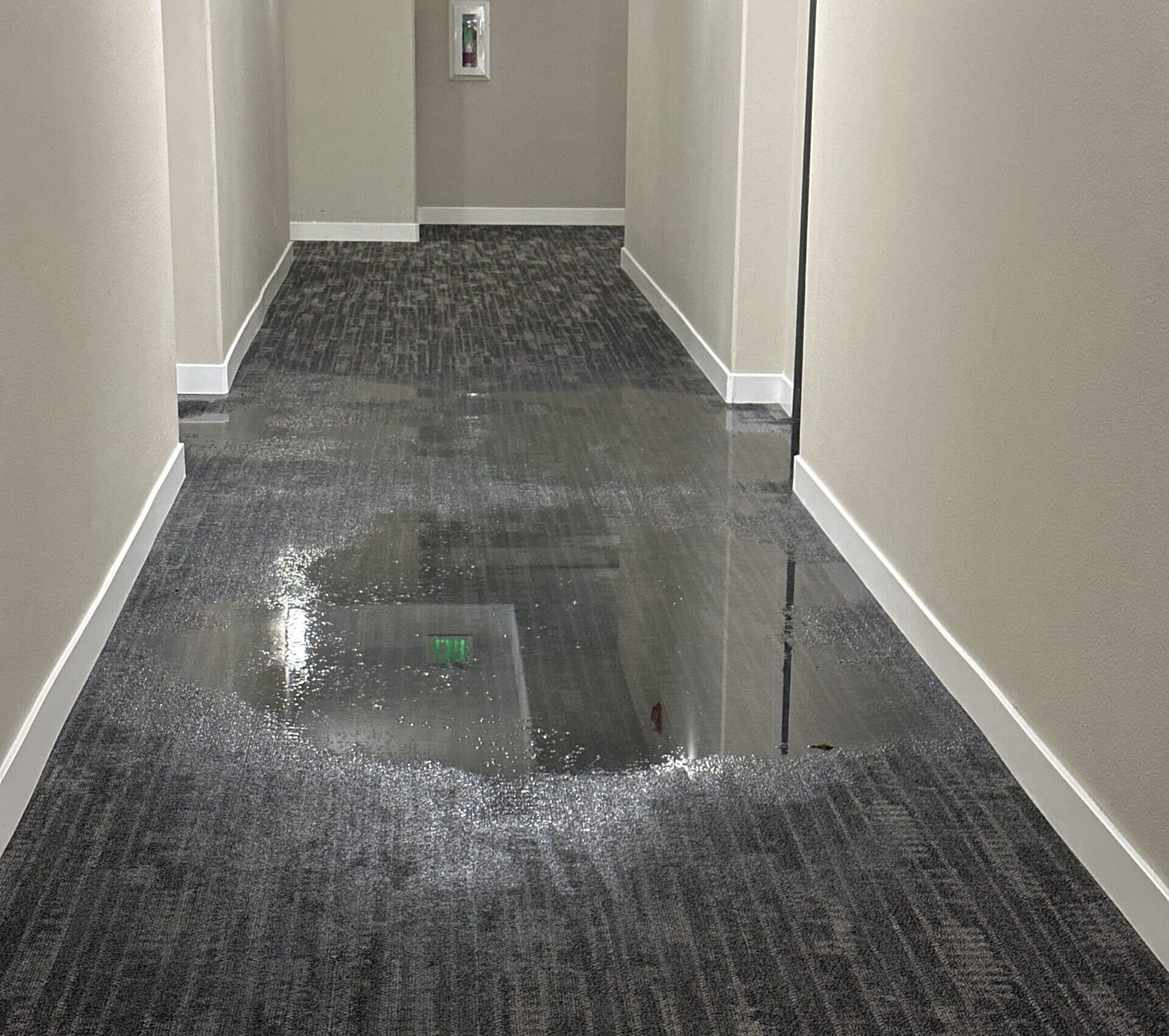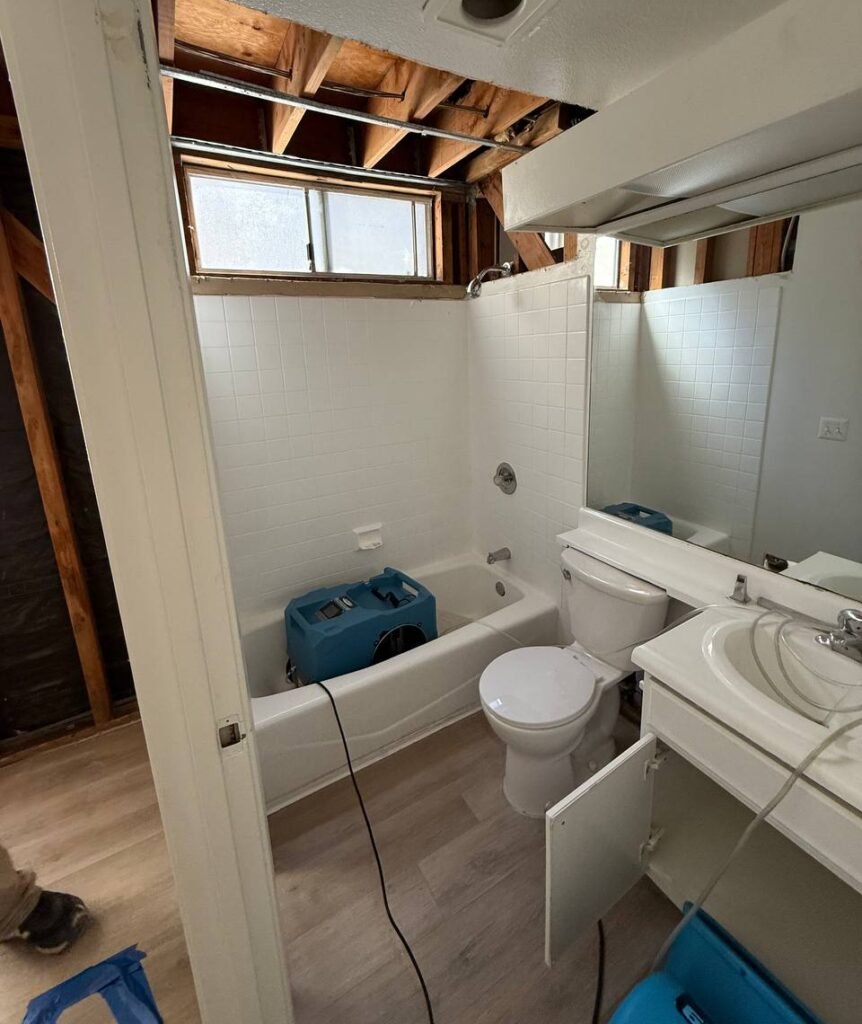Water Damage Restoration in Studio City, CA | 24/7 Cleanup & Drying
Studio City packs a lot into a small footprint: canyon streets that twist above Ventura Blvd, mid-century ranches near Beeman Park, courtyard apartments along Tujunga, and busy mixed-use blocks by Radford Studio Center. When a roof detail fails or a supply line lets go, water doesn’t stay put. It runs down stairwells, hides in toe-kicks, and rides shared walls between units. Our team works in these exact conditions daily—tight parking on hillside cul-de-sacs, HOAs with quiet hours, and finishes that deserve protection. We arrive 24/7, stabilize the loss, and follow a standards-based plan that reduces demolition and speeds approvals.
Get Started
Service Form
Local moisture patterns we see in Studio City
Hillside paths of travel. South of Ventura, gravity pulls water through floor systems and down interior chases. Even a small deck leak above a living room can show up as baseboard staining on the lower level two rooms away.
Roof decks and flat sections. Modern remodels add decks over living space. Ponding around scuppers and parapets pushes water into insulation and ceiling cavities. Without controlled dehumidification, odor sets in fast.
Aging copper and angle stops. Original copper and galvanized lines still live behind many kitchens along Colfax, Whitsett, and Laurel Canyon. Pinhole leaks wet base plates and subfloor long before anyone notices.
Appliance and water-heater closets. Compact laundry niches and utility closets concentrate humidity. A washer hose or relief valve release in a small closet can saturate adjacent cabinetry and wall cavities in minutes.
Window and stucco seepage. Wind-driven rain along Ventura and Moorpark finds hairline stucco cracks and older window assemblies. Moisture bypasses paper and wets sheathing; interior staining appears weeks later.

What happens in the first 60–120 minutes
Stabilize and make safe
We shut down the water source when possible, assess electrical risk, and protect walk paths.
Map the wet envelope
Pin/pinless meters and thermal imaging show where moisture migrated, including behind tile, under flooring, and inside cavities.
Explain the scope
You’ll see the plan: what dries in place, what needs relief openings, and what gets removed. Clear expectations up front reduce surprises later.
Begin extraction
Truck-mounted or portable extractors pull standing water so the humidity load drops and drying can work.
Mitigation workflow, step by step
Containment and HVAC isolation. We isolate affected rooms with poly barriers, zipper access, and sealed registers. In apartments and townhomes, corridor protection and elevator pads prevent tracking debris.
Targeted access instead of wholesale demo. Baseboards or toe-kicks come off where readings demand. We create small, strategic openings to ventilate wall or ceiling cavities, not unnecessary tear-outs.
Drying to objective targets. Dehumidifiers and air movers establish a closed system. We add wall-cavity drying, floor tents, or mat systems for hardwoods. Readings are logged daily—start, progress, and clearance.
Cleaning and antimicrobial where appropriate. Non-porous and salvageable surfaces are cleaned. We apply targeted antimicrobial only to support cleaning; it never replaces proper source control and dry-down.
Documentation for carriers. You get photos, moisture maps, equipment logs, and a line-item estimate in Xactimate. Adjusters see the why behind each line, which speeds decisions.

Materials-specific tactics for Studio City homes
Plaster and lath. Many homes north and south of Ventura still have plaster. It holds moisture longer than drywall. We use lower-stress airflow, control vapor pressure, and open only where delamination or high readings require. When plaster is sound and wetting is shallow, we often dry and clean in place.
Hardwood and engineered floors. Cupping is common after dishwasher and fridge line failures. Floor-drying mats and staged dehumidification reduce distortion. If engineered cores swell, we document conditions for replacement and verify subfloor dryness before reinstall or refinish.
Tile and stone over mortar beds. Bathroom and entry assemblies can trap water. We use non-destructive meters to verify sub-surface dry-down and plan minimal-impact relief points if needed to prevent efflorescence.
Cabinets and built-ins. We start with toe-kick removal and cavity ventilation. Doors and faces are preserved where possible. If panels delaminate, we document selectively for rebuild to keep scope proportionate.
HVAC closets and mechanicals. Condensate clogs and pan overflows are frequent in interior closets. We remediate adjacent framing, clear drains, and recommend float switches and leak alarms to prevent repeats.
Insurance and approvals without the runaround
We speak carrier language. Estimates are built in Xactimate; photos and moisture logs are organized the way adjusters expect; cause and scope are clearly linked. Most policies address sudden and accidental water damage such as burst lines, appliance failures, or storm intrusions. Long-term seepage or maintenance issues can be limited. Our records document what happened, how far it traveled, and how we brought materials back to target.
Case notes: two typical Studio City losses
Hillside deck leak near Fryman. After overnight wind and rain, a second-floor deck leaked at a scupper. Moisture mapped through ~240 sq ft of ceiling and down a stairwell wall. We set room containment, sealed registers, removed saturated insulation only where readings warranted, and established closed drying. Odor was gone by day two; targets hit on day four. The roofer corrected membrane laps and added a larger scupper box.
Dishwasher supply failure off Ventura Blvd. A mid-century kitchen flooded across hardwood and into the crawl space. We extracted, set floor mats, created perimeter relief, and ventilated the crawl. Hardwood flattening began by day three; subfloor and plates reached targets on day five. Cabinet toe-kicks were reinstalled after verification.
Cost drivers you can anticipate (not a quote)
Extent and access. One room with shallow wetting is faster than multi-level hillside migration through stairs and chases.
Materials. Plaster, insulation, stone/mortar beds, and premium millwork extend dry-down and protection time.
Containment complexity. Add time for tight hallways, elevators, or condo corridors with quiet hours and staging limits.
After-hours/HOA constraints. Night or phased schedules protect occupants and compliance but affect labor.
Cause repairs. Roofing, membrane, plumbing, or electrical fixes may involve outside trades; we coordinate sequencing.
Prevention for canyon streets and the flats
Roofs and decks. Clear scuppers and drains before storms; inspect membrane seams and penetrations each season.
Pressure and supplies. Install/verify a pressure regulator; replace aging angle stops and braided lines for sinks, toilets, washers, and fridges.
Windows and stucco. Seal hairline cracks; keep flashing tuned; check sills after wind-driven rain.
Ventilation. Duct baths and laundry to exterior and use humidity-sensing controls; interior units need make-up air.
Indoor RH. Maintain ~40–50% with dehumidifiers during wet weeks; ventilate after showers and cooking.
Leak alerts. Add alarms under water heaters, washers, and sinks, especially in small closets.
Verification. After any event, confirm target moisture before closing walls or refinishing floors.
What to do before we arrive
Shut off the main water valve if safe. Avoid powering wet circuits. Lift furniture on blocks or foil. Do not poke bulging ceilings—saturated drywall can fail. In pre-1978 homes, avoid disturbing painted materials until lead/asbestos rules are addressed. For condos, notify management for access and elevator reservations.
Why homeowners and managers choose Onsite Pro
Local familiarity. Daily work across Laurel Canyon, Fryman, Colfax Meadows, and the Ventura corridor means we plan around traffic, parking, and HOAs without drama.
Measured, not guessed. Moisture targets and instrument readings guide every decision. No early closures that lead to odor or mold.
Finish protection. We safeguard plaster, hardwoods, stone, stair trim, and built-ins with the right airflow and coverings.
Transparent files. Photos, maps, logs, and line items make sense to owners and adjusters alike.
Explore More Restoration Services for Studio City
Internal Links
Studio City Sewer Damage Cleanup
Safe sewer and biohazard cleanup.
Studio City Fire Damage Restoration
Complete fire and smoke restoration.
Studio City Mold Remediation
Certified mold removal with free estimates.
Studio City Hub Page
Explore all restoration services in Studio City.
